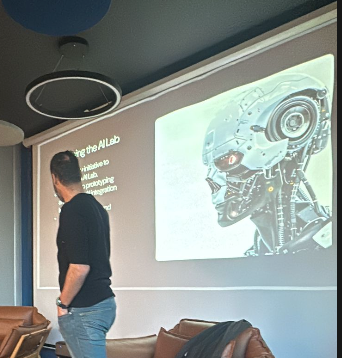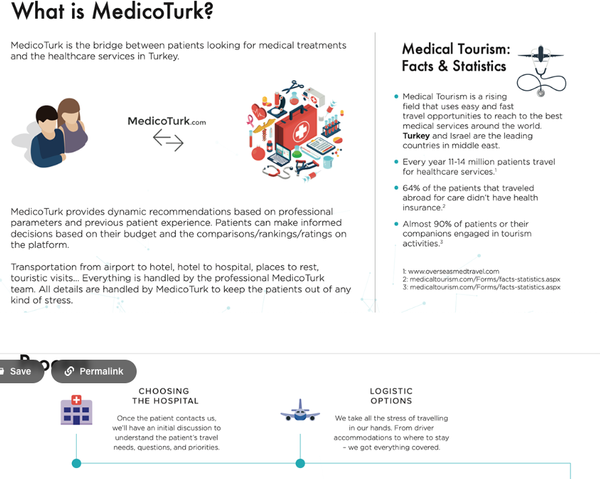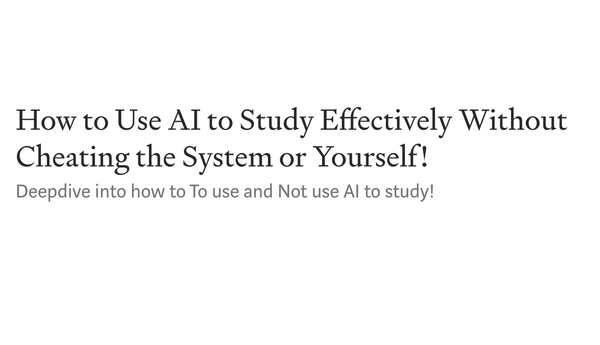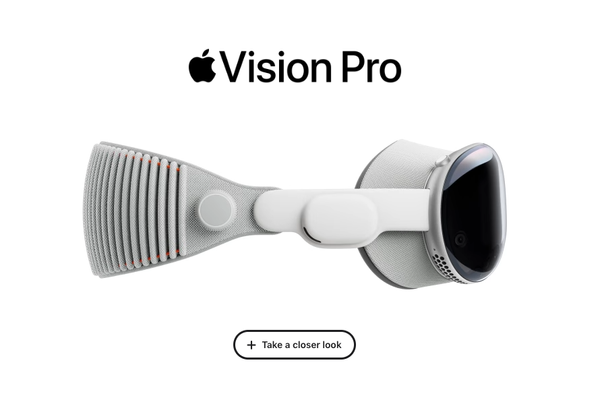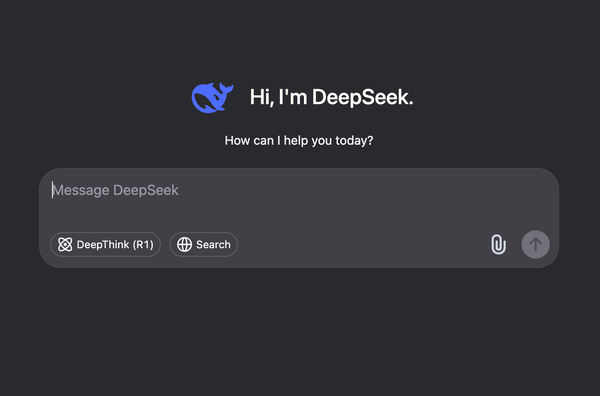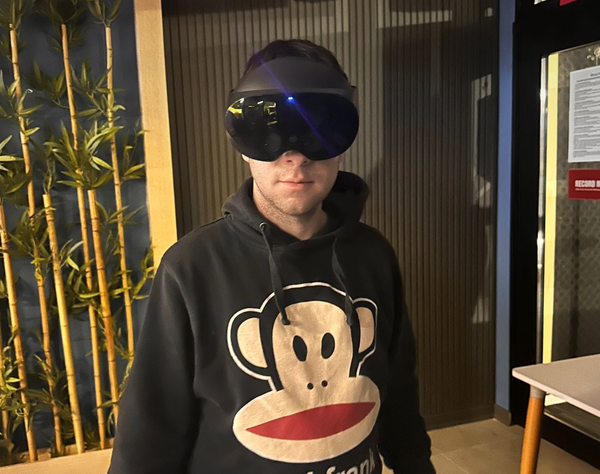Legacy Modernization with Sombra: The Digital Transformation Blueprint
Are You Truly Ready to Put Your Mobile or Web App to the Test?
Don`t just assume your app works—ensure it`s flawless, secure, and user-friendly with expert testing. 🚀
Why Third-Party Testing is Essential for Your Application and Website?We are ready to test, evaluate and report your app, ERP system, or customer/ patients workflow
With a detailed report about all findings
Contact us nowTable of Content
Legacy modernization services are pivotal for organizations seeking streamlined efficiency, enhanced business operations, and innovative customer solutions. In today's digital landscape, Sombra company recommends embracing fully automated migration. This method utilizes advanced technology to transition legacy code and data onto contemporary platforms, enabling businesses to align their modernization pursuits with overarching objectives.
While myriad avenues exist for IT legacy modernization services, Sombra advises that choices be influenced by an organization’s primary goals. While some companies might “rip and replace” older systems with fresh, ground-up models, others lean towards customizing commercial software or integrating processes and manpower from third-party providers.
However, these methods, despite their merits, can be expensive, risk-laden, and disruptive. Sombra's proposition: Opt for fully automated migration. This approach harnesses refactoring technology, converting legacy materials to up-to-date platforms, thereby allowing companies to smoothly transition into the digital age without halting business functions.
Further, automated migration provides businesses the freedom to determine the pace of their legacy modernization. Refactoring, for instance, offers quick solutions, decreasing risks and amplifying IT effectiveness. For some, refactoring suffices. Yet others take a more comprehensive route, using refactoring as a foundation and amalgamating novel technologies and platforms. The result? A rejuvenated IT framework that’s not only cost-effective but also lays the groundwork for a future-ready digital platform.
What fuels this shift? At its core, it's the demand for flexibility and agility, ensuring IT integration resonates with business requirements. Traditional mainframe-based applications often clash with today's adaptable platforms. This discrepancy hampers companies from addressing urgent business needs and capitalizing on growth opportunities. Other motivators comprise:
- Escalated maintenance costs of outdated applications.
- The diminishing pool of experts in archaic languages like COBOL.
- Employee expectations of advanced workplace technologies.
Thanks to advancements in code refactoring, fully automated migration emerges as a superior and swift alternative to traditional custom reengineering. This method expedites modernization, as it sidesteps extensive training or system overhauls.
Sombra highlights several areas in refactoring:
- User Access: Transition from terminals to web-based access.
- Presentation: Legacy-inspired screens but with HTML5 integration for richer interfaces.
- Logic: Refactored solutions compatible with platforms from Linux to Cloud Native.
- Interfaces & Database: Modern interfaces supported alongside traditional ones with versatile database support.
- Deployment: Options to deploy refactored systems either on-site or cloud.
- Transformation Mechanics with Sombra
The transformation journey, as outlined by sombrainc.com, involves user interfaces, business logic, and data. Their unique solution offers end-to-end capabilities, ensuring a seamless transition. This journey encompasses discovery, modernization strategy formation, legacy language conversion, database migration, and batch migration. Post-migration, there’s an emphasis on developer and end-user adaptation. The culmination is the activation of a fresh system, retiring outdated mainframes, endorsing agile practices, and setting the stage for a modern, efficient platform.



